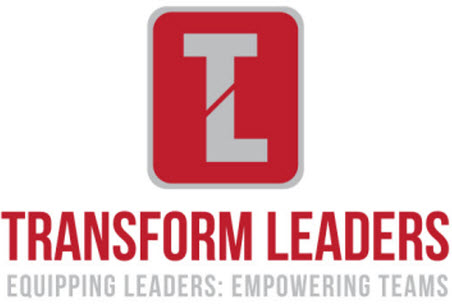 We are so used to operating from a mindset of overcoming weaknesses that we struggle to know how to build a culture that is focused on the strengths of people. There is something deeply unsettling about the idea. We might say to ourselves, “But weakness, they need to improve them surely!â€
We are so used to operating from a mindset of overcoming weaknesses that we struggle to know how to build a culture that is focused on the strengths of people. There is something deeply unsettling about the idea. We might say to ourselves, “But weakness, they need to improve them surely!â€
Below are 6 practices for leaders to build a strengths based culture.
1.Work from Your Own Strengths
To best develop other workers’ strengths, leaders first need to understand and utilise their own. No two leaders are identical — and all workers, including leaders, are at their best when they take a strengths-based approach to their work.
This is about developing your unique leadership style and being comfortable in that space. When leaders compare themselves and then try to emulate other leaders strengths it leads to many problems e.g. lack of confidence and lack of results.
When leaders are authentic and open about their own strengths, and limitations employees follow suit.
Two cautionary notes:
- The areas where we are weaker often give us less enjoyment and attention. For instance, (as you might imagine) financial accounts are not my strength, however as a leader if I don’t give it due attention and respect all sorts of problems occur.
- As a leader we need to be able to affirm the different strengths and give them equal attention even if we don’t relate easily to them.
- Assist Employees know and use their strengths.
Many employees simply don’t understand what they are talented’ at. They get confused between their experience, their learnt skills and their talent. A talent is “recurring pattern of thought, feeling or behaviour that can be productively applied.†[1] The key idea is recurring’. It is something that people do instinctively and often. For instance, some people have a talent for remembering names not faces. Others have a talent for synthesizing lots of information into digestible chunks. The key to superior performance in any role is to match the role with the talents required. Every role, which is performed at a high level, requires certain recurring patterns of thought, feeling or behaviour. This means that great nurses have a talent, as well as certain skills. So do great housekeepers, or great doctors or great truck drivers.
Understanding one’s own strengths does not automatically lead to effective use of those strengths in the workplace. Leaders can help employees see how their strengths and their teammates’ strengths can work together. To build on one another’s strengths and accept and accommodate differences, employees need to be aware of how their strengths complement those of their peers. Leaders should ensure employees know what they and their co-workers bring to the table.
- Help workers who aren’t using their strengths.Â
When workers fixate on their weaknesses or don’t apply their strengths to a task, great leaders redirect their attention to what they do best. And when job demands require workers to complete tasks that don’t play to their strengths, great leaders provide recommendations and support systems, such as strategic partnerships, to help employees overcome challenges. Strengths determine employees’ best pathways for success – how each individual can accomplish a given set of objectives based on who they are and who else they have on their team.
- Harmonize team strengths.Â
For maximum team performance, leaders should factor in strengths when creating their teams. Any team can be positioned to succeed when team members understand and leverage one another’s strengths. But leaders can further optimize groups of employees by thoughtfully assembling teams as they consider how bringing together workers with complementary strengths can improve performance. Great leaders also use developmental employee meetings to deepen their understanding of each worker’s strengths and to assign tasks that best match each employee’s natural talents.
- Keep strengths top of mind.Â
The world’s best leaders ensure their employees take a strengths-based approach to every task. One winning strategy for maintaining a strengths focus is to use team meetings to discuss strengths. For example, leaders can start meetings by recognizing a team member’s strengths or by reviewing how team members are applying their strengths to a current project. Some leaders even create charts with each team member’s strengths prominently displayed — offering a constant reminder to workers about the importance of playing to their strengths.
- Individualize recognition with consideration of strengths.Â
To fulfil each employee’s needs for feedback and recognition, leaders should consider each worker’s natural dispositions — realizing that one worker’s ideal recognition might differ from another’s. For example, public awards might be highly meaningful to some workers but uncomfortable to others. Leaders should consider what is most motivating to each individual worker when determining how best to deliver recognition and feedback.
The best way to help others develop and grow is to identify and build on their strengths.
People who use their strengths every day are six times more likely to be engaged on the job. That’s just one big finding from decades of Gallup research into human behaviours and strengths. That research has established a compelling connection between strengths and employee engagement in the workplace — a connection that has the power to accelerate performance when companies work on enhancing both simultaneously.
[1] First Break All of the Rules, Buckingham and Coffman p. 71
